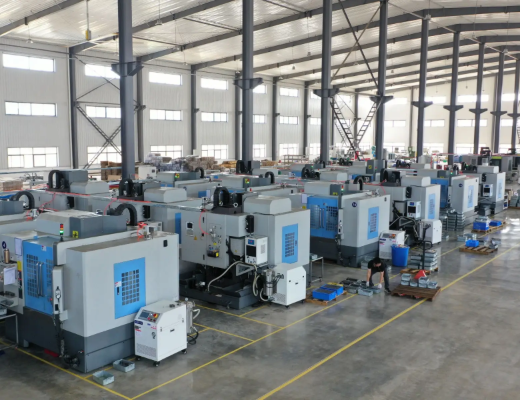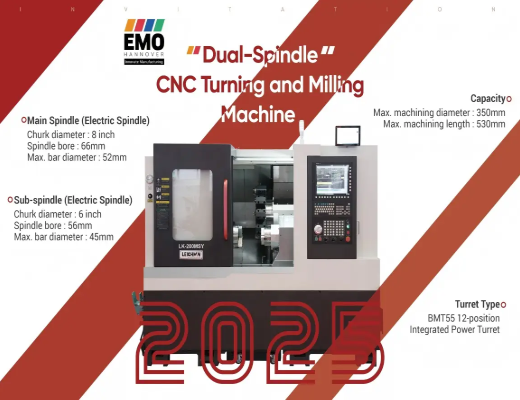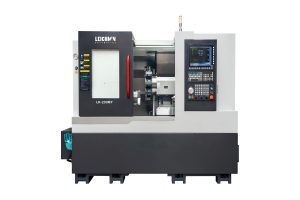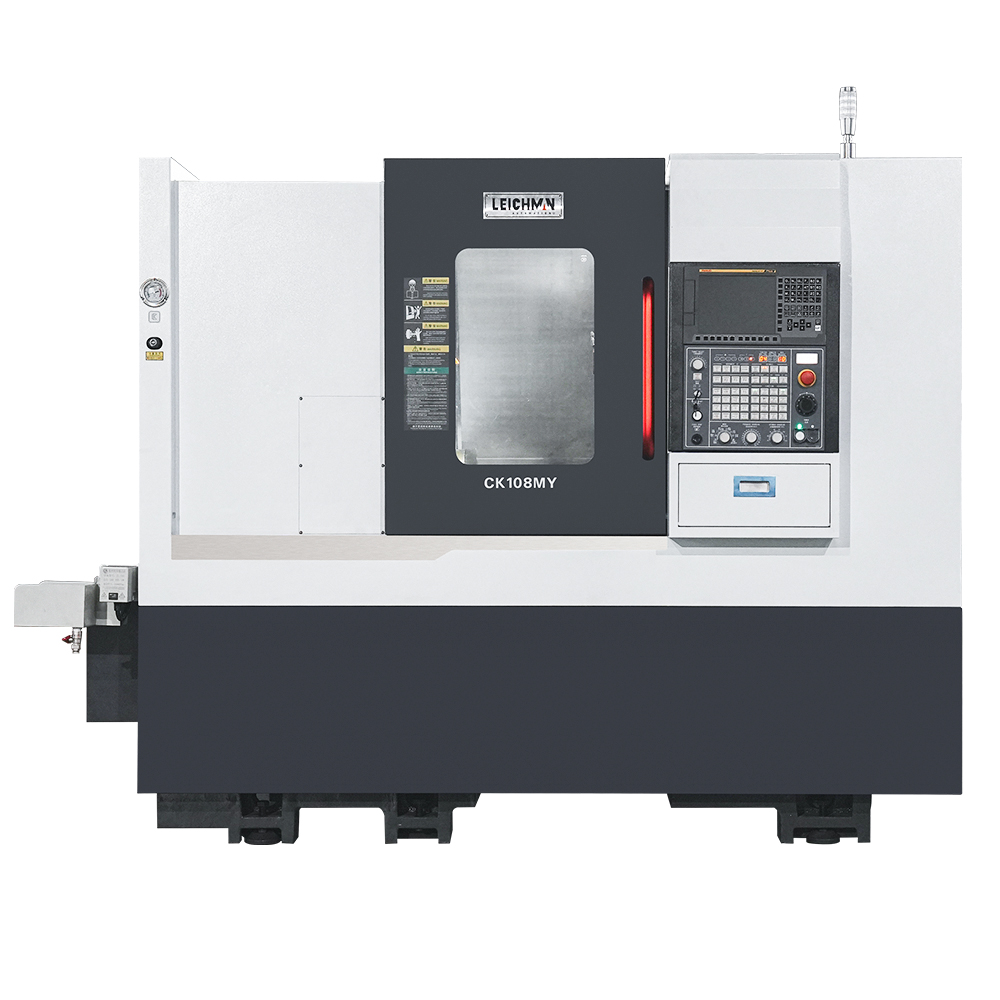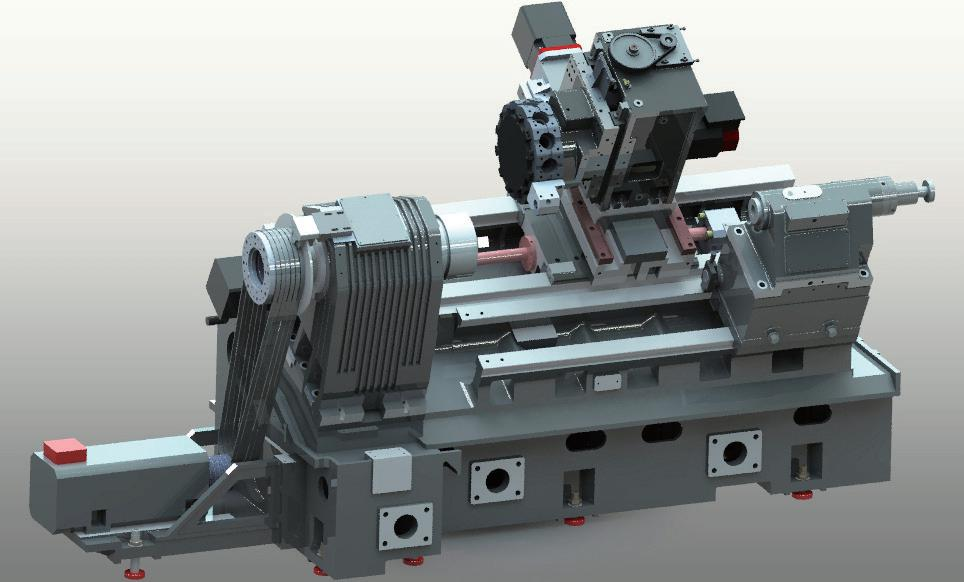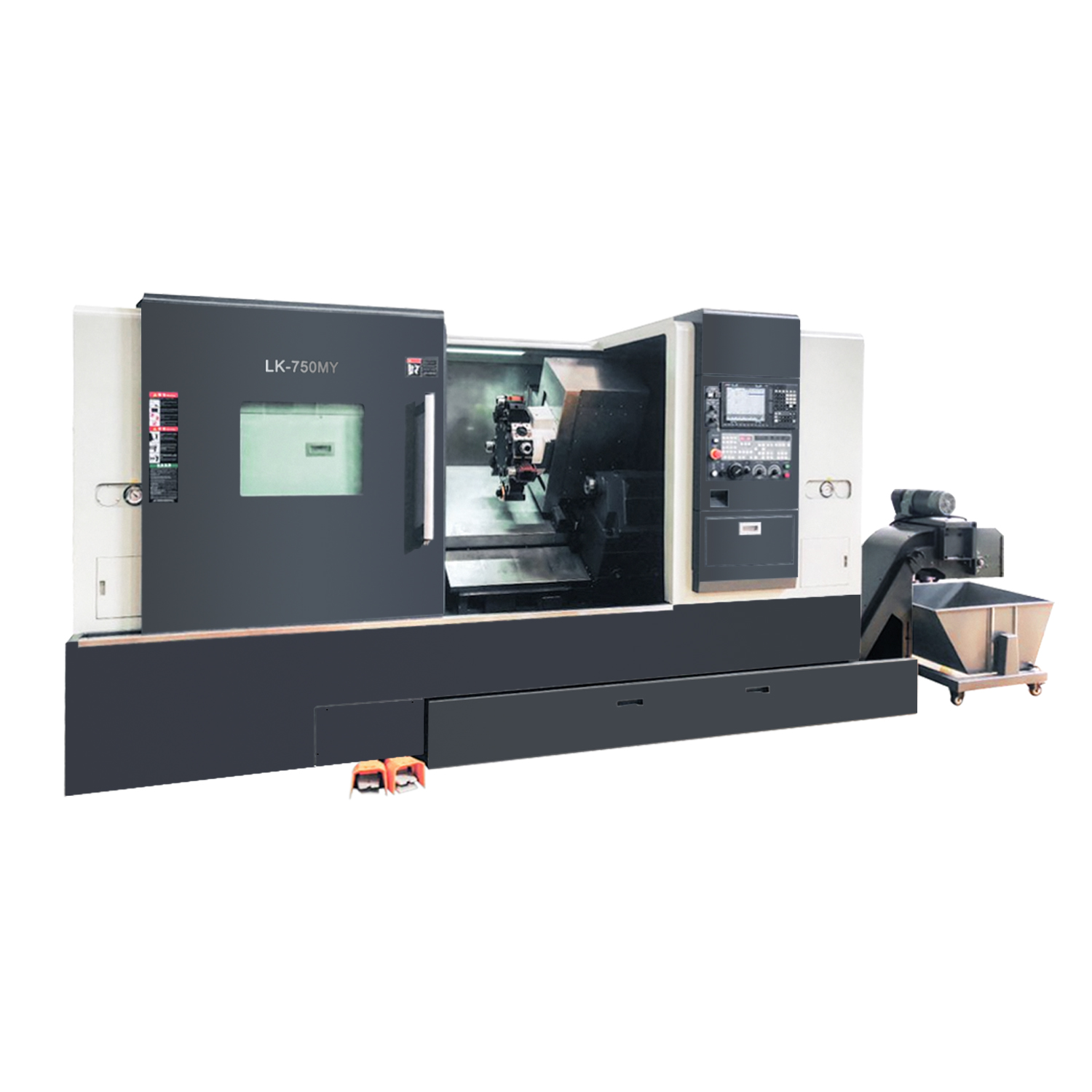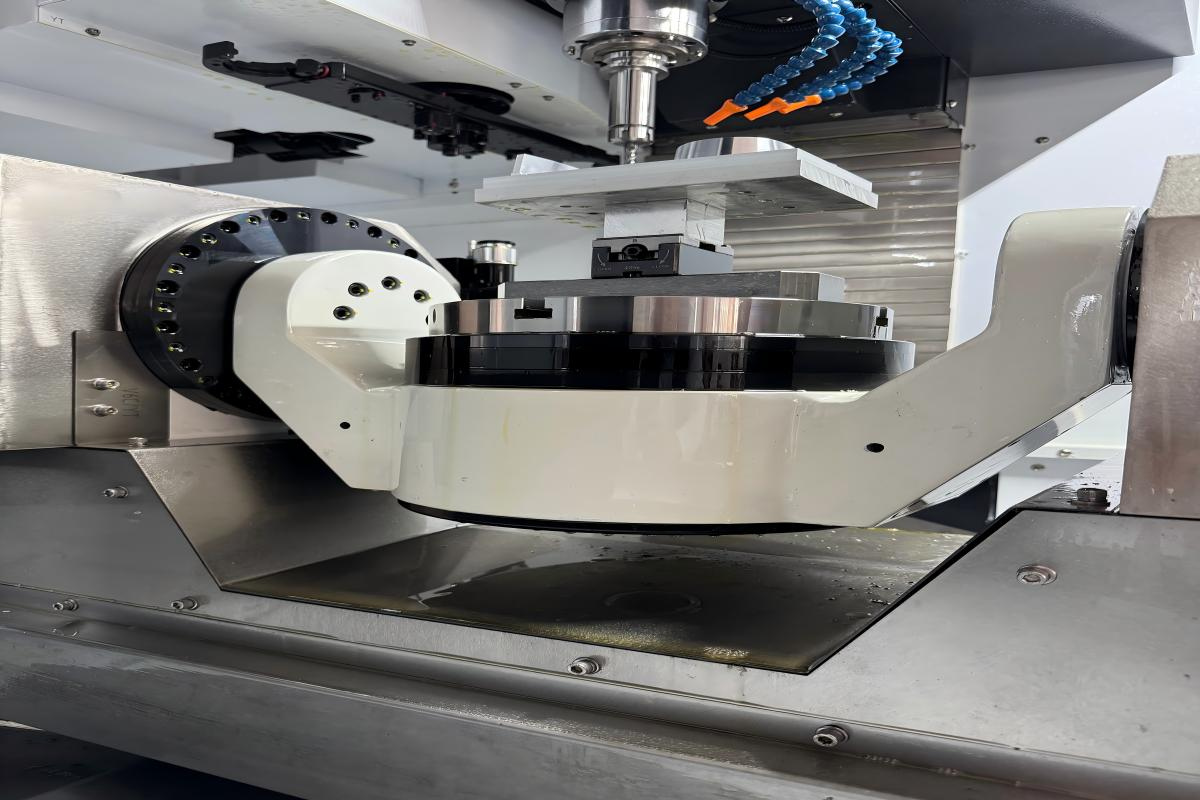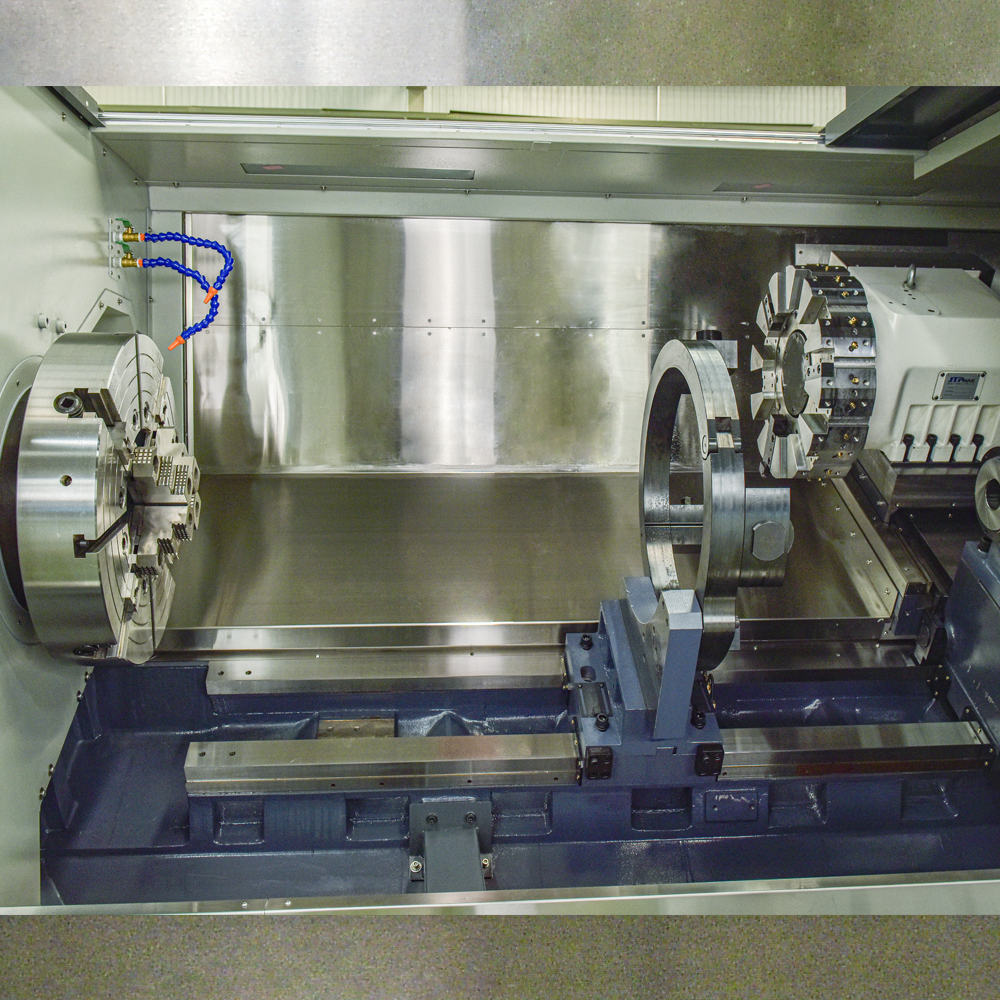CNC milling uses a rotating tool on a stationary part for complex shapes. CNC turning spins the workpiece, cutting it with a static tool for cylindrical forms. Choosing depends on your part’s geometry.
ANYTOWN, USA – June 22, 2025 – In the world of precision manufacturing, CNC machining is indispensable. But within this broad field, two fundamental processes stand out: CNC milling and CNC turning. While both are controlled by Computer Numerical Control, they achieve vastly different results by employing distinct methods of material removal. At Leichman, we specialize in both, and understanding their differences is key to choosing the right process for your parts.
CNC Milling: The Rotating Tool, Stationary Workpiece
CNC milling is a process where the cutting tool rotates, while the workpiece generally remains stationary or moves along multiple axes (X, Y, Z, and often A, B, or C for multi-axis milling). Think of a drill bit moving around a fixed block of material, carving out shapes.
Key characteristics of CNC milling:
Rotating Tool: End mills, face mills, drills, and other cutters rotate at high speeds.
Stationary or Moving Workpiece: The part is typically clamped to a table that moves precisely beneath the tool.
Ideal for: Creating complex, three-dimensional shapes, flat surfaces, slots, holes, pockets, and intricate contours. It’s excellent for parts that are not axially symmetrical.
Typical Machines: Vertical Machining Centers (VMCs), Horizontal Machining Centers (HMCs), and 5-axis machining centers.
Real-World Application at Leichman: A Leichman customer, “Aerospace Innovations,” needed to produce complex aluminum brackets for aircraft components. These parts featured intricate pockets, multiple angled holes, and specific surface contours. Using our Leichman LK-U320 5-axis machining center, Aerospace Innovations could mill all these features in a single setup. The rotating tool approached the stationary (but precisely movable) workpiece from various angles, creating the required geometry with high accuracy and an excellent finish, something impossible with turning.
CNC Turning: The Rotating Workpiece, Stationary or Moving Tool
In contrast, CNC turning involves a rotating workpiece and a generally stationary or linearly moving cutting tool. Imagine a potter’s wheel: the clay spins, and a tool shaves off material to create a symmetrical shape.
Key characteristics of CNC turning:
Rotating Workpiece: The material is clamped in a chuck and rotates at high speed.
Stationary or Linear Tool: Cutting tools (like turning inserts, boring bars) remain fixed or move along the X (radial) and Z (axial) axes to remove material.
Ideal for: Creating cylindrical or conical shapes, such as shafts, rods, discs, and anything with rotational symmetry. It excels at outer diameter (OD) and inner diameter (ID) work, facing, threading, and grooving.
Typical Machines: CNC lathes, turning centers, and mill-turn centers (which combine turning with some milling capabilities).
Real-World Application at Leichman: “Fluid Dynamics Corp.” approached Leichman needing high volumes of precise stainless steel valve stems. These stems were perfectly cylindrical with various diameters, grooves for O-rings, and threaded ends. Our CNC turning center was the ideal solution. The machine rotated the stainless steel bar stock at high RPMs while static cutting tools moved along its length, quickly and accurately forming the required cylindrical features, threads, and grooves in one continuous operation. This process ensured consistent concentricity and surface finish across thousands of parts.
Why Understanding Matters
Choosing between CNC milling and CNC turning depends entirely on the geometry of the part you need to create. Often, a part might require both processes. This is where advanced machines like Leichman’s mill-turn centers offer significant advantages, combining the capabilities of both milling and turning into one machine, reducing setups and improving overall efficiency for complex parts.
At Leichman, we offer a comprehensive range of both milling and turning solutions, designed to meet the precise demands of modern manufacturing. Understanding the core differences helps our customers select the most efficient and cost-effective method for their specific production needs.
To discuss your next project and determine the ideal CNC machining solution, contact Leichman today or visit https://www.Leichman.com.
